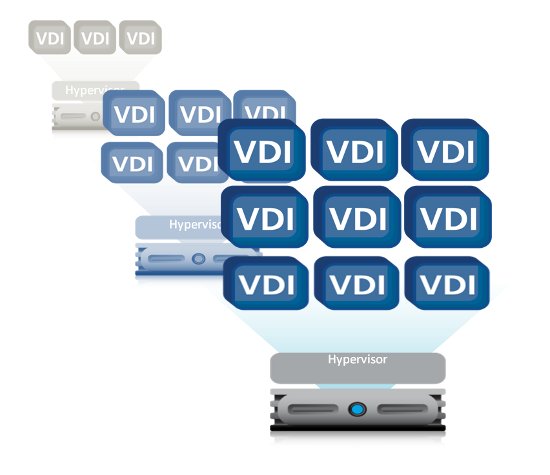
Users can access these virtual desktops from anywhere with any device, and all processing is done on the host server. In VDI, hypervisor segments servers are into virtual machines that host virtual desktops, which users access remotely from their devices. VMware initially launched VDI and later offered virtualized apps. The Citrix's VDI product, Citrix Virtual Apps, and XenDesktop hold the largest market share, followed by VMware Horizon and Microsoft Remote Desktop Services (RDS).įirst, Citrix and Microsoft came into the market with virtualized apps and shared desktops based on server-based computing and then offered VDI workloads based on workstation operating systems.

There are three main platforms in the VDI market, such as Citrix, Microsoft and VMware. While Windows-based VDIs are the most common workload, Linux virtual desktops are also an option. The term VDI was initially coined by VMware and has since become an accepted technology acronym. Presenting virtualized applications and desktops to users is universally referenced as end-user computing (EUC).

Those endpoints may be PCs or other devices, such as tablets or thin client terminals.

VDI is a form of desktop virtualization, as the specific desktop images run within virtual machines (VMs) and deliver to end clients over a network. Virtual Desktop Infrastructure is defined as the hosting of desktop environments on a central server.


 0 kommentar(er)
0 kommentar(er)
